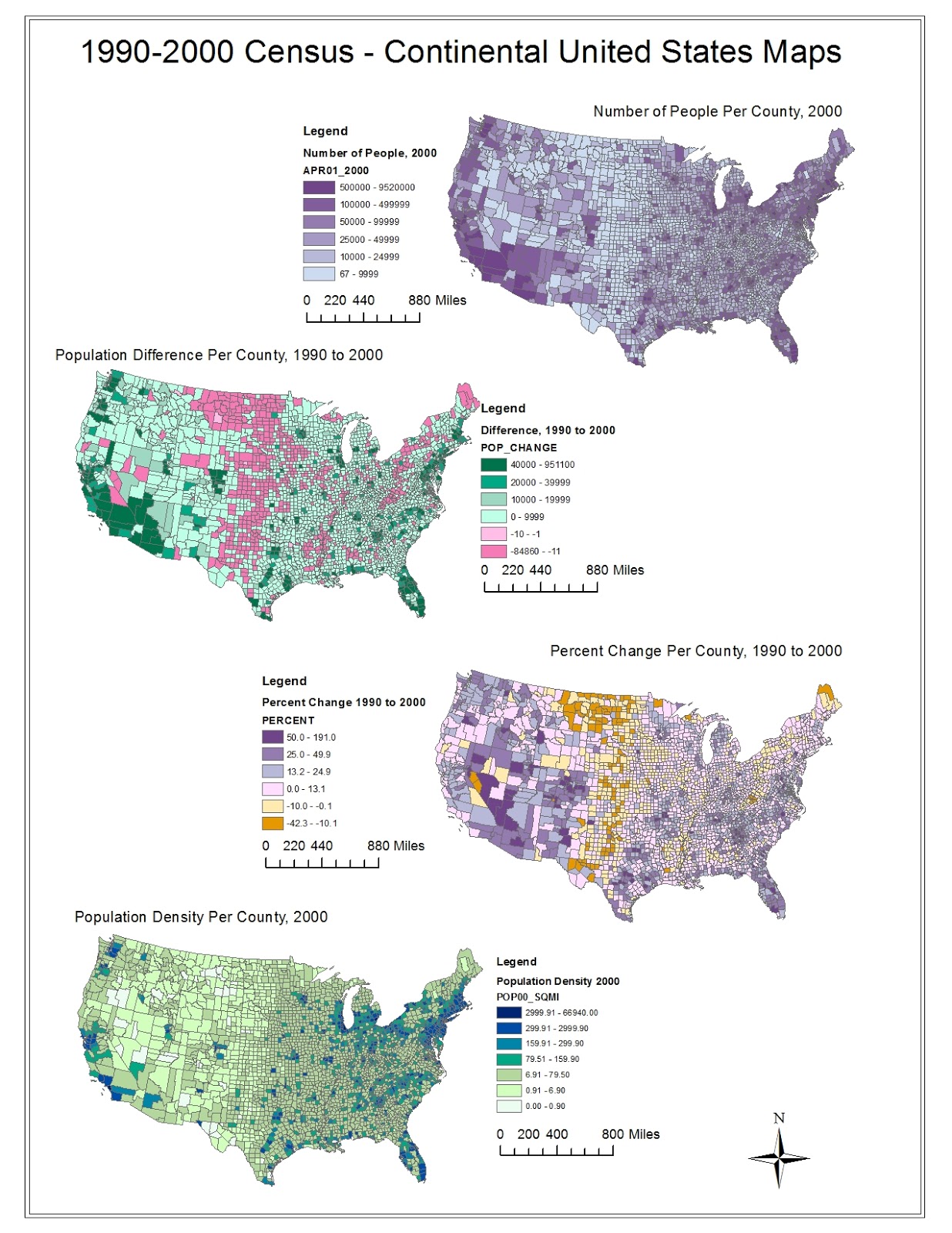The LA County Station Fire started on August 26, 2009 and was not fully contained until October 16, 2009. The fire has been attributed to arson. The Station Fire burned through approximately 160,577 acres and destroyed over 200 structures. The extent and duration of the fire was remarkable and threatened nearly 12,000 structures, while mandatory evacuations affected many nearby communities. During the nearly two months that the fire burned, more than $93.8 million dollars were spent on containment. The fire was the 10th largest in California history and the largest in the history of LA County. I am from Orange County and can specifically remember the sky becoming dark and ashes raining down from the sky for a few days on end. It was eerie. Sports games were canceled, events were rescheduled, and for a few days, it was rumored that school might even be canceled for a day. This experience made studying the spread and effect of the Station Fire all the more interesting.
I was interested in studying the effect of the forest fire on wildlife habitats inside LA County and found the Significant Ecological Area (SEA) classification to be a useful metric for measuring this. SEAs are classified by the LA County Department of Regional Planning as areas which contain important "land and water systems that support valuable habitat for plants and animals," (LA County) especially animals which are rare, threatened or endangered. SEAs are not wildlife preserves or National Parks in any sense, but are areas deemed by the county to demand special care when considering development and conservation. The SEAs in LA County are incredibly diverse. They contain some flora and fauna which are not only exclusive to the Southern California area, but exclusive to LA County itself.
As we can see in the map above the Station Fire threatened but did not enter SEAs on the Northern and Southwestern border of the fire boundary, including areas such as the Santa Clara River, Tugunga Valley, and the Verdugo Mountains. We are very lucky that these areas were not affected and will have to continue to keep a careful watch on them in the future. Firefighters likely employed a containment strategy that took into account the location of these SEAs as well as the locations of surrounding communities and other important areas. Although no SEAs were directly affected by the forest fire itself, debris, smoke, ash, and other factors likely affected the bordering SEAs, and because of this, we will need to keep a close watch on the flora and fauna in these areas.
The Station Fire caused incredible damage to a huge area within LA County and its costs are still felt across the county and the state today. Forest fires not only release an incredible amount of smoke, soot, ash, and many chemicals into the air, they help spread harmful bacteria and fungi, and can also aggravate soil conditions. Despite these, forest fires are actually a natural part of forest ecosystems. They help clear out dead plants, reveal mineral soil, and clear canopies so sun can penetrate dense forests, among other things. However, because of our fire management strategies and our incredible fear of large fires, we face a dilemma in fire suppression. The more we put out small, naturally caused fires inside our ecosystems, the more likely that huge fires like the Station Fire will catch us by surprise. Although the Station Fire was caused by an arsonist, it certainly urges us to evaluate our fire management strategies, as fires are a common occurrence in dry California.
Works Cited
California. Angeles National Forest . Station Fire. Los Angeles: , 2009. Web. <http://www.inciweb.org/incident/1856/>.
"Ecological Consequences of Forest Fires." RiaNovosti. RiaVovosti, 9/12/2011. Web. 8 Dec 2011. <http://en.rian.ru/infographics/20100804/160063455.html>.
Michon, Scott "Station Fire Burn Scar" Nasa Earth Observatory. NASA, 18 Sept 2009. <http://earthobservatory.nasa.gov/NaturalHazards/view.php?id=40245>
Plambeck, Lynne. "Significant Ecological Areas in the Santa Clarita Valley." Significant Ecological Areas. SCOPE, 2010. Web. 8 Dec 2011. <http://www.scope.org/sea/index.html>.
"SEA Program" Los Angeles County Department of Regional Planning. 2009.
<http://planning.lacounty.gov/sea>







